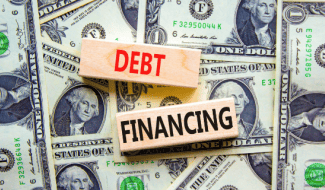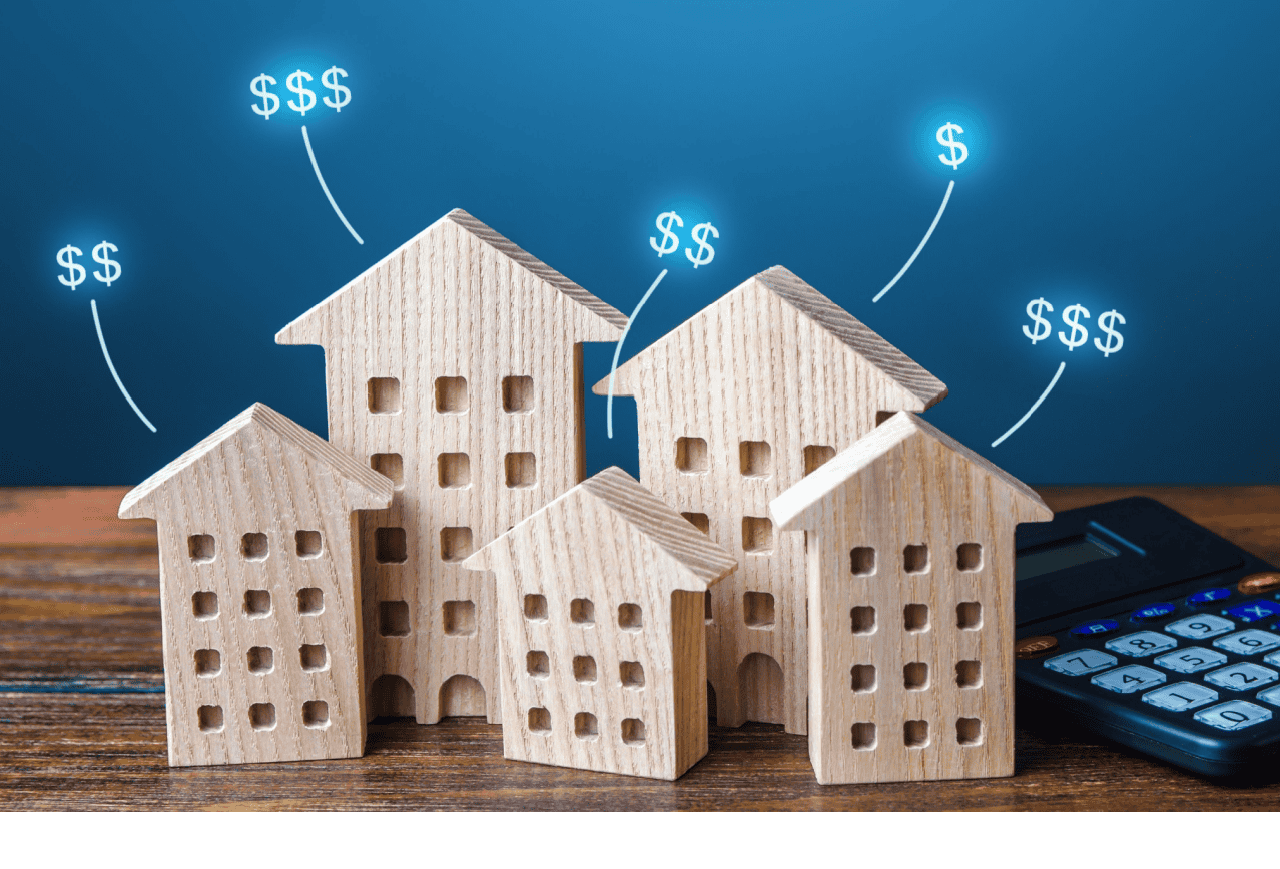Good Debt vs. Bad Debt: Unveiling the Distinction in Multifamily Investing

Good Debt:
Good debt, in the context of multifamily investing, refers to borrowing money to acquire assets or finance projects that have the potential to generate positive cash flow and appreciate over time. Here are some characteristics that define good debt:
-
Positive Cash Flow: Good debt is associated with investments that generate sufficient rental income to cover operating expenses, mortgage payments, and potentially generate surplus cash flow. Positive cash flow provides financial stability and potential for long-term growth.
-
Appreciating Assets: Good debt is used to acquire assets, such as multifamily properties, that have the potential to increase in value over time. Investing in areas with strong market fundamentals and growth prospects can contribute to property appreciation, building equity, and wealth creation.
-
Favorable Interest Rates: Good debt often comes with favorable interest rates, allowing investors to benefit from low borrowing costs. Lower interest rates result in reduced mortgage payments, which can further enhance cash flow and improve overall returns.
-
Leverage for Growth: Good debt enables investors to leverage their capital and amplify their investment potential. By using other people’s money to finance acquisitions or renovations, investors can maximize their purchasing power and take advantage of larger and more lucrative opportunities.
Bad Debt:
On the other hand, bad debt in multifamily investing refers to borrowing money for purposes that do not contribute to financial growth or generate positive returns. Here are some characteristics of bad debt:
-
Negative Cash Flow: Bad debt often leads to investments that do not generate sufficient rental income to cover operating expenses and mortgage payments. This can result in negative cash flow, creating a drain on financial resources and hindering profitability.
-
Non-Appreciating Assets: Bad debt is often associated with investments in properties or projects that do not have the potential to appreciate in value. Investing in declining markets or properties with poor location, inadequate demand, or limited growth prospects can erode wealth instead of building it.
-
High-Interest Rates: Bad debt typically carries high-interest rates, which can significantly increase the cost of borrowing. High-interest rates diminish cash flow and reduce overall investment returns, making it harder to achieve profitability.
-
Excessive Leverage: Taking on excessive debt without a solid plan or strategy can lead to financial instability and increased risk. Overleveraging can leave investors vulnerable to market fluctuations, interest rate increases, and economic downturns, potentially jeopardizing the investment’s success.
Get a Free Multifamily Loan Quote
Access Non-Recourse, 10+ Year Fixed, 30-Year Amortization
Conclusion:
In multifamily investing, distinguishing between good debt and bad debt is essential for long-term financial success. Good debt, characterized by positive cash flow, appreciating assets, favorable interest rates, and strategic leverage, can be a valuable tool for growing wealth and generating sustainable income. On the other hand, bad debt, associated with negative cash flow, non-appreciating assets, high-interest rates, and excessive leverage, can hinder profitability and increase risk.
As an investor, it is crucial to carefully analyze each investment opportunity, assess the market conditions, and evaluate the potential risks and rewards before making borrowing decisions. By employing a prudent approach and understanding the difference between good and bad debt, you can make informed choices that align with your financial goals and set the stage for successful multifamily investments.
Source: DMI Holdings















 Accessibility
Accessibility